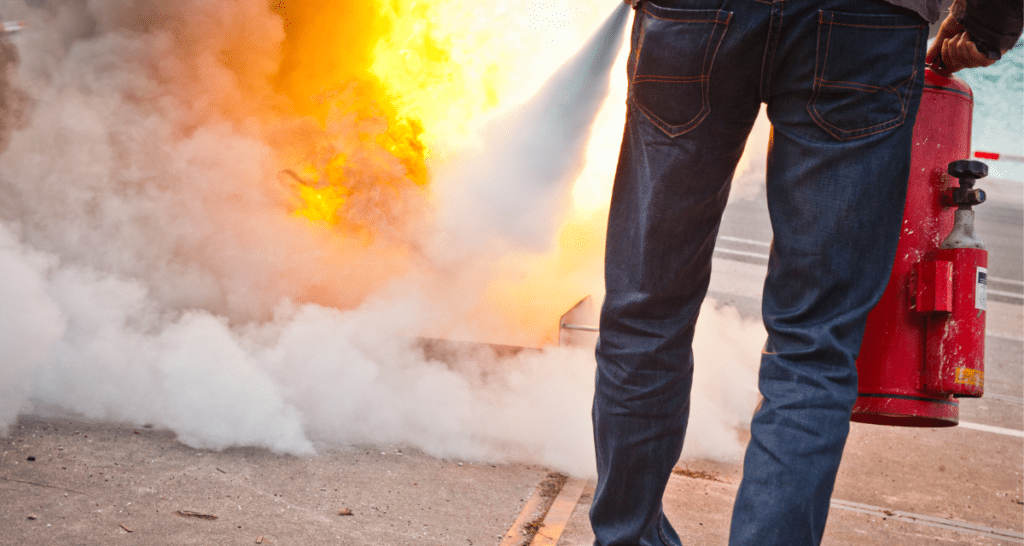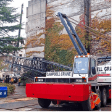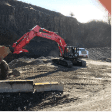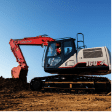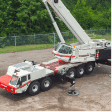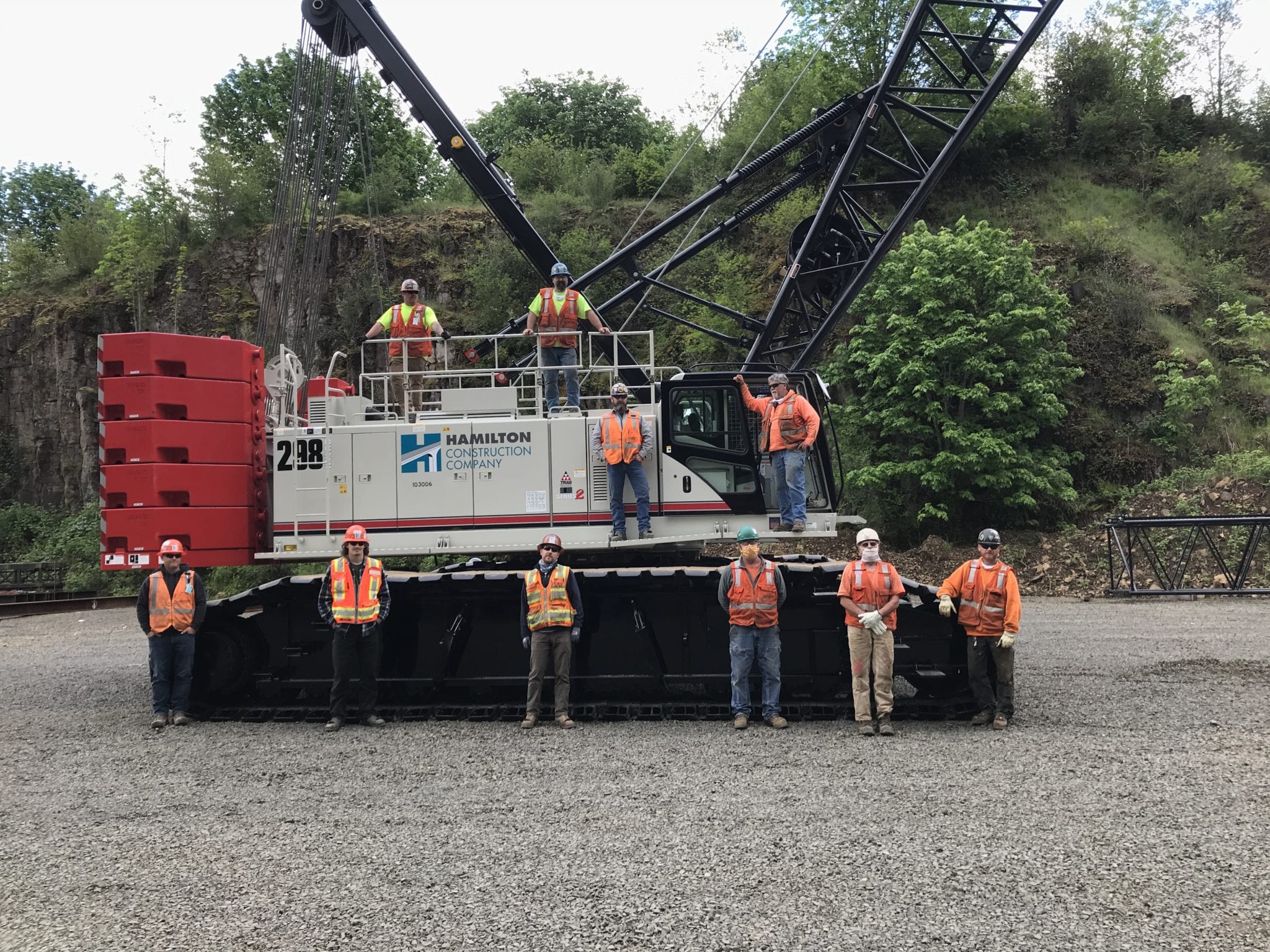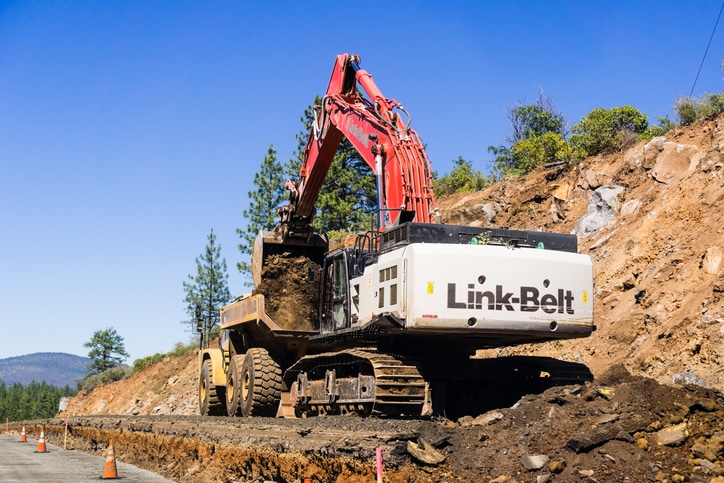The risk of fire exists on every job site, so being able to combat a potential fire is a crucial safety step. Having functional, accessible fire extinguishers on hand is a must for keeping a site safe. This month, we’ve compiled some Frequently Asked Questions about fire extinguishers, and proper policies for having them on a job site.
Fire Extinguisher FAQs
Do fire extinguishers really save lives or buildings?
In 2600 recorded jobsite fire incidents, a portable extinguisher successfully extinguished the fire over 80% of the time, and in 75% of those cases the fire department was not required to respond to the emergency.
What are the most commonly used fire extinguisher agents?
The five most commonly used agents in fire extinguishers are water, foam, powder, carbon dioxide and wet chemicals.
Do fire extinguishers expire?
Yes, fire extinguishers can expire and need to be replaced or recharged. Most people don’t understand how, when and if their fire extinguisher needs to be recharged. There are two basic types of fire extinguishers—Rechargeable (mainly commercial) and disposable (mainly residential).
Why is the fire extinguisher pin sealed?
The seal is a form proof that the fire extinguisher has not been tampered with or used since the last inspection or service.
What is the purpose of a pressure gauge on a fire extinguisher?
Most fire extinguishers have a pressure gauge that shows the current pressure of the fire extinguisher, that it hasn’t been used or damaged, and is within the proper PSI range for that particular fire extinguisher.
Why does a C02 fire extinguisher not have a pressure gauge?
C02 fire extinguishers don’t have a pressure gauge because they use liquefied C02 (commonly known as dry ice) which as a chemical characteristic, always has a pressure of 830 PSIG. Therefore a pressure gauge would always read 830 – making a gauge pointless.
Must fire extinguishers be hung up?
To prevent fire extinguishers from being moved or damaged, they should be mounted on brackets or in wall cabinets with their carrying handles placed 3.5 to 5 feet above the floor, depending on the type of extinguisher. Fire extinguishers should be mounted with their carrying handles no higher than 5 feet from the floor.
Read more Safety Corner posts from Triad Machinery here.

